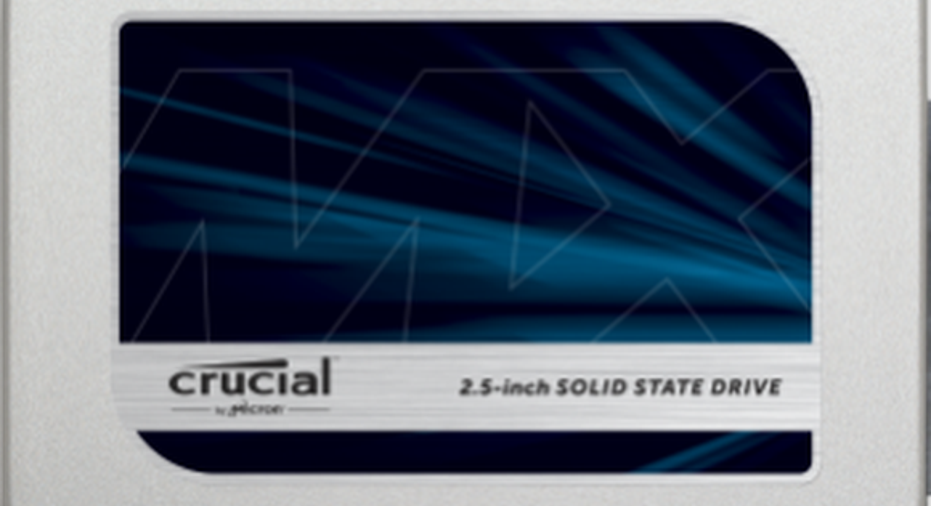Why Micron Technology Inc.'s New Solid-State Drive Is Important

Image credit: Micron Technology.
This spring, Micron Technology , by way of its consumer-facing subsidiary Crucial, released a new solid-state drive known as the Crucial MX300. According to performance tests performed by The Tech Report, it offers virtually identical performance to Crucial's prior-generation MX200 solid-state drive.
Despite the fact that there doesn't appear to be a performance improvement, the MX300 is kind of a big deal for Micron. Here's why.
Market background
The market for solid-state drives is turning out to be something of a race to the bottom. Generally speaking, the performance leap that a typical user sees in going from a typical high-performance hard disk drive to even the lowest-end solid-state drive is going to be enormous. The gains beyond that can be noticed, particularly in specialized tests, but the leap isn't anywhere near as dramatic as the initial jump from hard disk to solid-state.
Although there are performance differences between different solid-state drives, it's not clear that many consumers are willing to pay premiums for performance. It's more likely that a typical consumer will want to get as much flash storage for as little as possible -- in other words, consumers often want to minimize price per gigabyte.
In a market in which consumers prefer to pay as little as possible for as much storage as possible, it's critical for a solid-state drive maker to be able to build these devices as cheaply as possible.
The largest portion of the bill for materials for a solid-state drive, by far, is the NAND flash medium itself. Other components add non-trivial costs -- onboard DRAM, flash controller chip, and so on -- but generally speaking, if your NAND flash costs are high, your drive costs will be high; if your NAND flash costs are low, your drive costs will be low.
Micron moves from planar MLC to 3D TLC
In reference to NAND flash, you might see the acronyms "MLC," for "multi-level cell"and "TLC," for "triple-level cell." Micron's MLC flash stores two bits per memory cell, while its TLC flash stores three bits per memory cell.
The important thing for investors to know: the more bits that can be stored per cell, the cheaper the flash is per gigabyte. The trade-offs, of course, are longevity and performance. But, as I said, consumers seem to want their storage as cheaply as possible.
Another buzzword you might hear these days is "3D NAND." The idea behind 3D NAND is simple: If you stack memory cells on top of each other, you can cram more memory into a given area than in traditional planar (2D) arrangements. In a nutshell, this reduces cost.
Circling back to the Crucial MX300, it's easy to see why this drive is a win for Micron: The company has shifted from planar MLC NAND to 3D TLC NAND, which should allow it to produce these drives much more cheaply.
Micron is charging $199 for a 750-gigabyte MX300 drive, which puts the price per gigabyte at around $0.265. The older-generation MX200, in a 500-gigabyte capacity, sells for $140, or $0.28 per gigabyte. It seems that Micron is giving customers a slightly lower cost per gigabyte, but I suspect that the actual manufacturing cost reductions are greater -- suggesting margin improvements for Micron.
The article Why Micron Technology Inc.'s New Solid-State Drive Is Important originally appeared on Fool.com.
Ashraf Eassa has no position in any stocks mentioned. The Motley Fool has no position in any of the stocks mentioned. Try any of our Foolish newsletter services free for 30 days. We Fools may not all hold the same opinions, but we all believe that considering a diverse range of insights makes us better investors. The Motley Fool has a disclosure policy.
Copyright 1995 - 2016 The Motley Fool, LLC. All rights reserved. The Motley Fool has a disclosure policy.